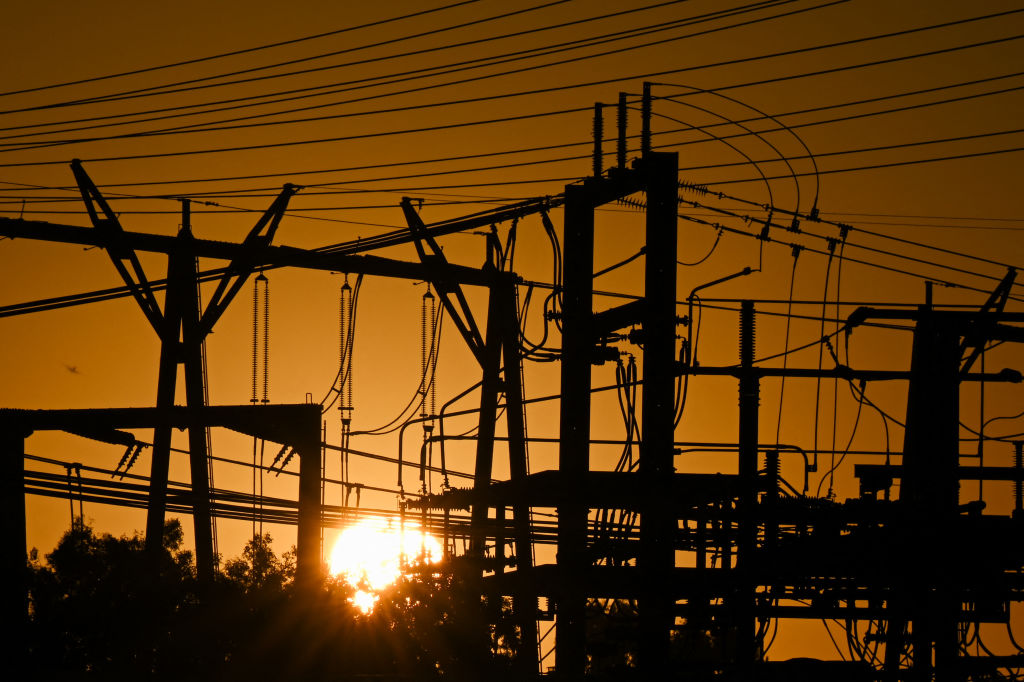The Department of Homeland Security has been put on notice after a string of suspected attacks against power substations leaves thousands of Americans without power.
What started as a seemingly isolated event in Moore County, North Carolina, has spread to other states, and the DHS has been put on alert to counter these attacks on state power systems.
According to WNCN, 40,000 residents were left without power after gunfire damaged the county’s substations on Saturday evening.
These attacks have been followed by similar events in the states of Oregon and Washington prompting some security experts to warn of a potential domestic terrorism threat.
“We just don’t know exactly who the perpetrators are or what their motives are. But, once we do, the label of domestic terrorism could certainly be applied here, but it just depends,” David Schanzer said, the director of the Triangle Center on Terrorism and Homeland Security at Duke University.
“Domestic terrorism is defined principally as violence against persons or properties for some sort of political purpose or grievance to try to influence the government in some way.”
North Carolina Governor Roy Cooper expressed his concerns at the situation, declaring that the attack “raises a new level of threat” and that “violence and sabotage will not be tolerated.”
These attacks come just days before the DHS released a new bulletin warning of potential domestic threats, stating that “the United States remains in a heightened threat environment.”
“Threat actors have recently mobilized to violence, citing factors such as reactions to current events and adherence to violent extremist ideologies,” the bulletin reads.
“Targets of potential violence include public gatherings, faith-based institutions, the LGBTQI+ community, schools, racial and religious minorities, government facilities and personnel, U.S. critical infrastructure, the media and perceived ideological opponents.”
According to KPTV, the incidents in Oregon and Washington also appear to be purposeful efforts to disrupt state substations.
A federal memo on the incidents explains that the substations were targets of “physical attacks on substations using handtools, arson, firearms, and metal chains possibly in response to an online call for attacks on critical infrastructure.”
Randall Blazak, a sociology professor and extremism researcher, explains why substation infrastructure is such a tempting target.
“These are soft targets. Power stations aren’t surrounded by armed guards. The surveillance is minimal, and it’s relatively easy to take a potshot at a reservoir or a substation and get away with it,” as reported by KPTV.
These attacks in the Pacific Northwest occurred in mid-November and the FBI has been investigating the intent behind them.
This is not the first instance of substations being the victims of gunfire attacks.
Back in 2013, California substations in the town of Metcalf were attacked by a sniper, prompting local and state officials to explore ways to better defend such important infrastructure.
While the motive for these attacks has yet to be ascertained, the potential trend could provide state and federal officials with plenty to worry about.
This article appeared originally on The Western Journal.

























 Continue with Google
Continue with Google